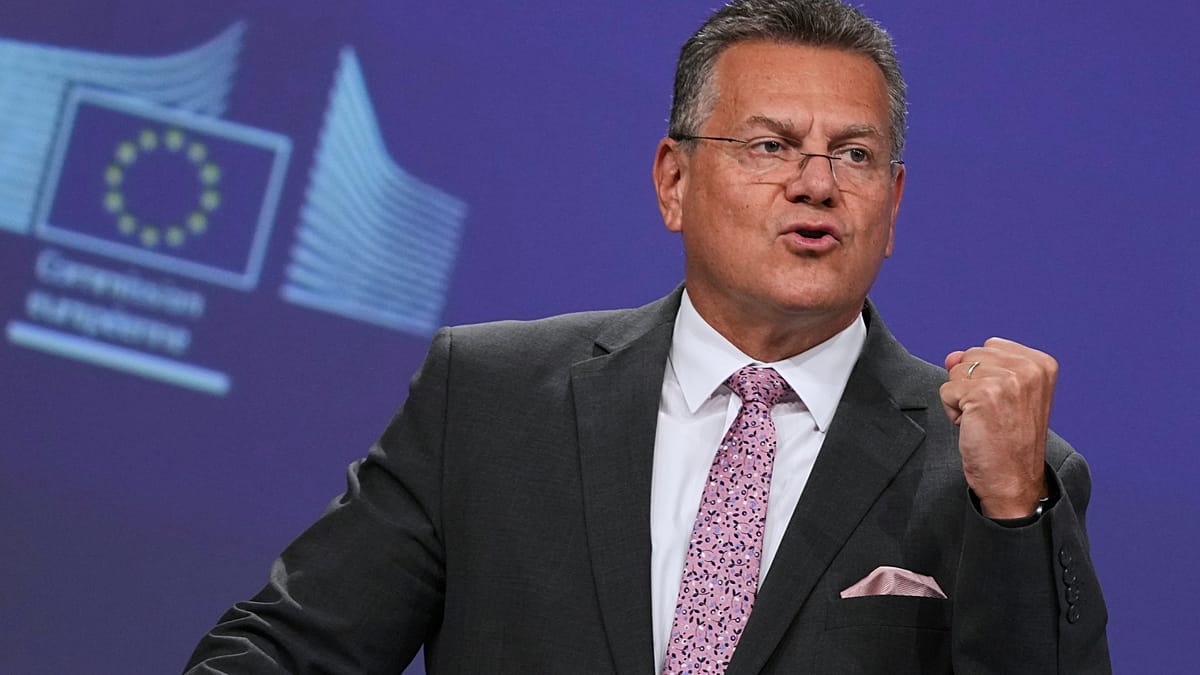A new Eurocities Pulse survey has found that climate threats are intensifying faster than the European local capacity to adapt.
Europe is the fastest-warming continent in the world, with extreme climate events predicted to get worse, according to the European Environment Agency (EEA).
Heatwaves, floods, and droughts are the top three most pressing urban climate risks.
More than 75% of Europeans live in urban centres, putting them on the front line of the fight against climate change.
The Eurocities survey analysed 54 cities across 17 European countries, including Portugal, Italy, Germany, Spain, and France.
80% of the cities surveyed say that they have developed or are developing an emergency response plan related to climate.
Meanwhile, 78% of cities have or are developing an early warning system to notify residents of climate threats.
When it comes to buildings, 81% of cities have, or are developing, building regulations for new developments focused on resilience, while 56% of the cities conduct regular climate risk assessments every two to three years.
However, 13% do not restrict developments in flood-prone areas.
Who is financing the climate resilience in these cities?
Climate action remains top priority in 2025 for almost 100 mayors, with well over half of them selecting it for the third year in a row, according to the Eurocities Pulse Mayors survey.
Despite 61% of European cities having up to 10 staff members dedicated to climate adaptation, 19% of cities don’t have dedicated staff.
Lack of funding, a limited number of staff, and a lack of coordination between agencies are the main challenges to improving emergency planning.
Municipal revenue (87%) and EU funding (83%) are the most accessed sources of traditional financing for adaptation in cities.
“Europe’s cities are working to protect people and infrastructure, but they cannot do it alone,” says Haris Doukas, Eurocities Shadow Commissioner for Climate Resilience, and Mayor of Athens. “They urgently need stronger and long-term national and EU support, especially funding and capacity building, to ensure that all their operations, assets, and spaces are resilient to realistic climate scenarios, safeguarding cities and citizens against the escalating threats of climate change.”














